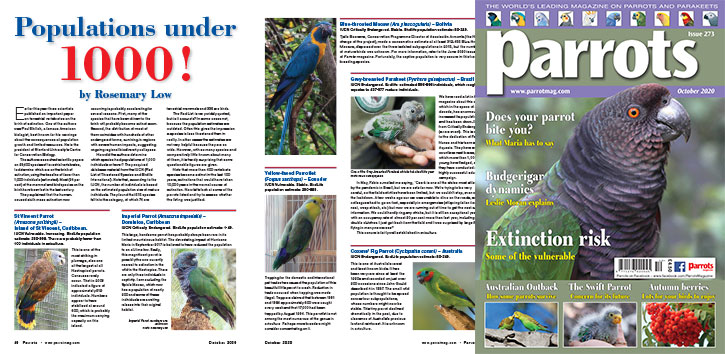
by Rosemary Low
Earlier this year three scientists published an important paper on terrestrial vertebrates on the brink of extinction. One of the authors was Paul Ehrlich, a famous American biologist, best known for his warnings about the consequences of population growth and limited resources. He is the president of Stanford University’s Centre for Conservation Biology.
The authors researched scientific papers on 29,400 species of terrestrial vertebrates, to determine which are on the brink of extinction, using the baseline of fewer than 1,000 individuals (estimated). Most (94 per cent) of the mammal and bird species on the brink have been lost in the last century.
They explained that the human-caused sixth mass extinction now occurring is probably accelerating for several reasons. First, many of the species that have been driven to the brink will probably become extinct soon. Second, the distribution of most of them coincides with hundreds of other endangered forms, surviving in regions with severe human impacts, suggesting ongoing regional biodiversity collapses.
How did the authors determine which species had populations of 1,000 individuals or fewer? They acquired database material from the IUCN (Red List of Threatened Species and Birdlife International). Note that, according to the IUCN, the number of individuals is based on the estimated population size of mature individuals. They found that 515 species fell into the category, of which 74 are terrestrial mammals and 335 are birds.
The Red List is very widely quoted, but is it accurate? In some cases not, because the population estimates are outdated. Often this gives the impression a species is less threatened than in reality. In other cases the estimates are not very helpful because they are so wide. However, with so many species and comparatively little known about many of them, it is hardly surprising that some questionable figures are given.
Note that more than 400 vertebrate species became extinct in the last 100 years, extinctions that would have taken 10,000 years in the normal course of extinction. Now let’s look at some of the parrots listed and try to assess whether the listing was justified.








Parrot Chat
Buyers Guides
Breeding articles